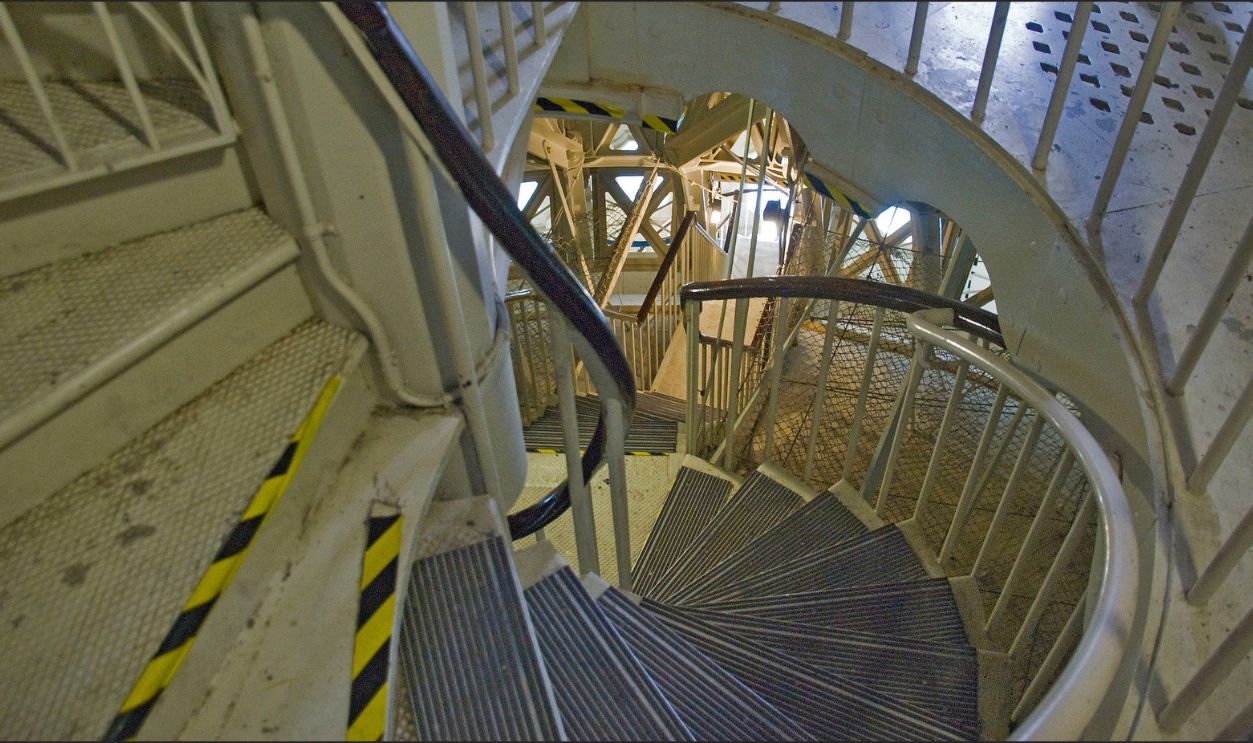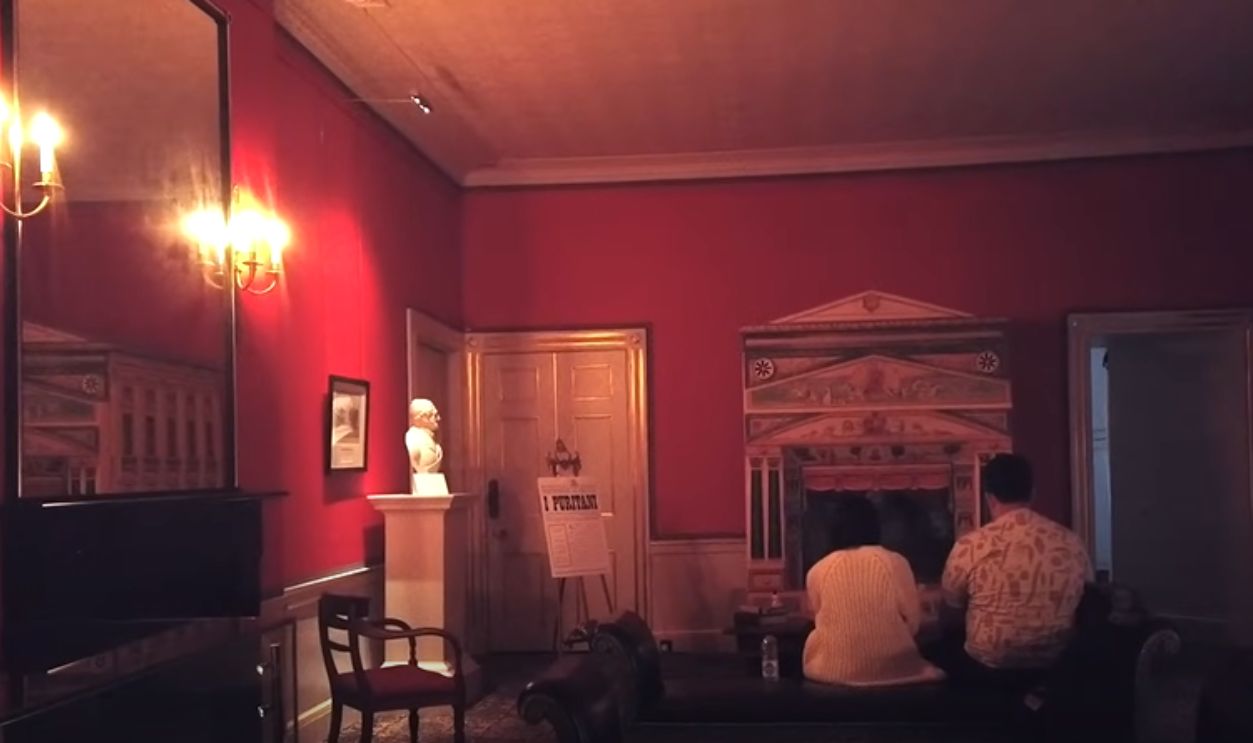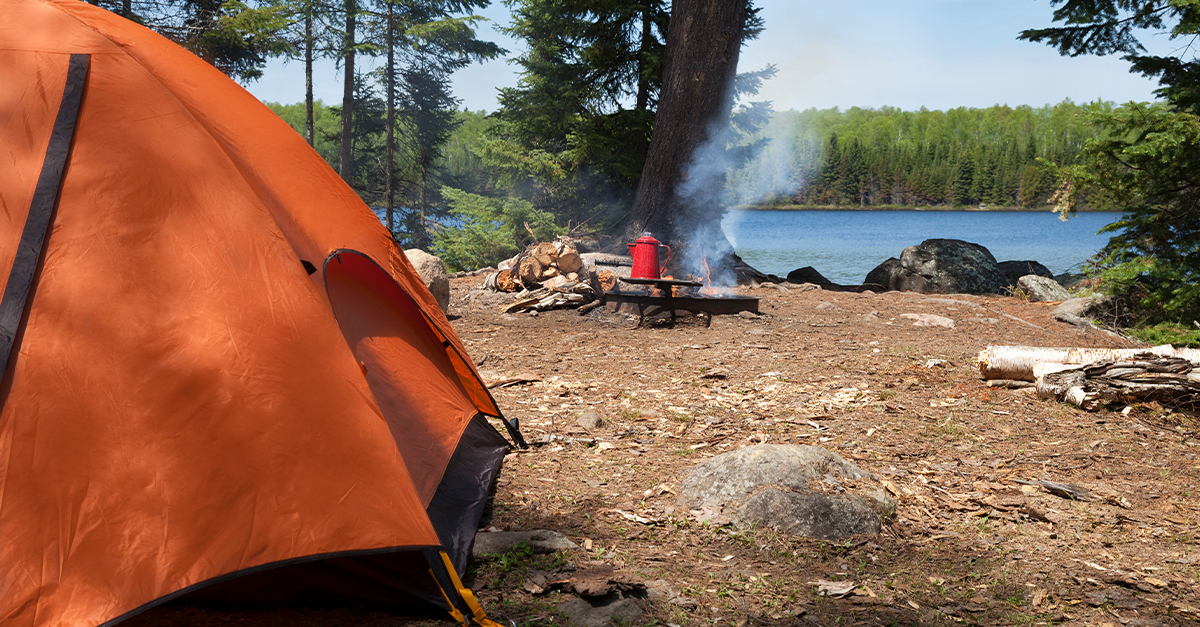Exploring The Underground Network Under The World's Most Influential Buildings
Laws and policies are discussed in several government buildings across the world. However, apart from legislative activities, a vast network of tunnels and hidden corridors connect those buildings to other structures and serve as secret passageways for those who work on them. What secrets do they hold?
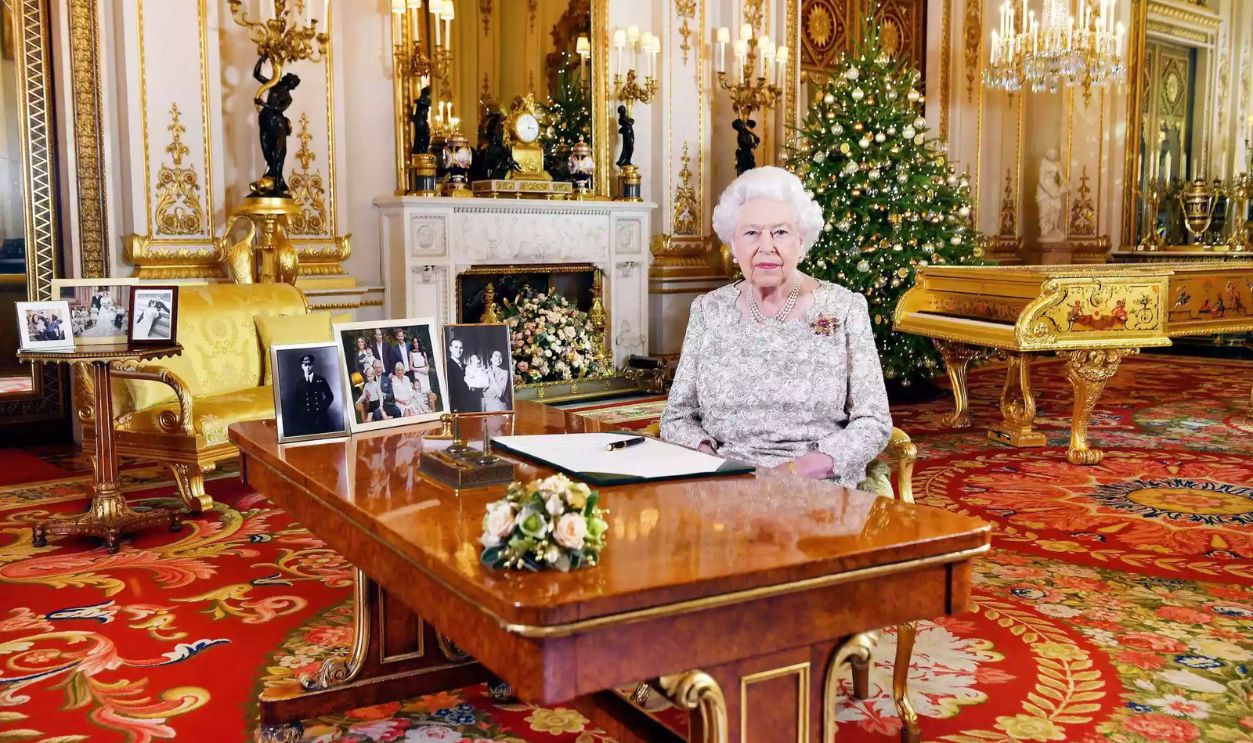
The Bunker Under The East Wing In The White House
Beneath the East Wing of the White House lies one of the most intriguing and secretive locations in Washington, DC—the Presidential Emergency Operations Center or PEOC. The PEOC's mystique grew after it was used on 9/11 to protect Vice President Cheney and other officials.
 White House photo by Eric Draper, Wikimedia Commons
White House photo by Eric Draper, Wikimedia Commons
The Bunker Under The East Wing In The White House (Cont.)
Built during WWII under Franklin D. Roosevelt's administration, the bunker was designed to shield the President and key staff during emergencies like nuclear threats. It's made using reinforced concrete and has been depicted in movies like Olympus Has Fallen.
 Unknown Author, Wikimedia Commons
Unknown Author, Wikimedia Commons
Secret Passage At Windsor Castle
Construction of Windsor Castle started in the late 11th century, which makes it one of the oldest and most iconic royal residences in the world. Over centuries, monarchs have added secret rooms, passages, and additional buildings to hide centuries-old secrets in this fortress.
 Hchc2009, CC BY-SA 3.0, Wikimedia Commons
Hchc2009, CC BY-SA 3.0, Wikimedia Commons
Secret Passage At Windsor Castle (Cont.)
A concealed passage beneath the castle's historic walls connects key areas to allow discreet movement. This passage was repeatedly used during emergencies, wartime evacuations, ceremonial events, and controversial meetings. In 2020, this passage gained attention when workers accidentally uncovered a hidden door leading to it.
 Diliff, CC BY-SA 3.0, Wikimedia Commons
Diliff, CC BY-SA 3.0, Wikimedia Commons
Steam Tunnels Under Capitol Hill
Beneath Capitol Hill runs an unassuming yet essential network of steam tunnels, initially built in the early 1900s to provide heat to government buildings. Although their primary function is practical, they have become a point of fascination for urban explorers and conspiracy theorists.
 Sound Transit Special Selection, CC BY 2.0, Wikimedia Commons
Sound Transit Special Selection, CC BY 2.0, Wikimedia Commons
Steam Tunnels Under Capitol Hill (Cont.)
Rumors abound of hidden passages linking major government buildings, and urban legends even suggest secret meetings between government officials occur in their shadowy corridors. While they've occasionally appeared in shows like House of Cards, the steam tunnels remain largely out of sight.
 House of Cards (1993) by GroGro Groppi
House of Cards (1993) by GroGro Groppi
Passage To The White Drawing Room In Buckingham Palace
Right in the center of Buckingham Palace, a hidden passage leads to the White Drawing Room. The passage is cleverly concealed behind a dresser that blends seamlessly with the walls. Stories suggest Queen Elizabeth II herself used the passage to dodge photographers or surprise guests.
 The Secret Doors In The White Drawing Room | Good Morning Britain by Good Morning Britain
The Secret Doors In The White Drawing Room | Good Morning Britain by Good Morning Britain
Passage To The White Drawing Room In Buckingham Palace (Cont.)
This passage was probably built during the reign of Queen Victoria. The Royal Architect has successfully incorporated this passage to allow royal family members to move privately between rooms to help them avoid unwanted attention from staff or visitors when they need some privacy.
 The Secret Doors In The White Drawing Room | Good Morning Britain by Good Morning Britain
The Secret Doors In The White Drawing Room | Good Morning Britain by Good Morning Britain
Passetto di Borgo, Rome
The Passetto di Borgo, an elevated and fortified passage, is a relic of medieval Rome that whispers tales of survival and strategy. Connecting the Vatican to Castel Sant'Angelo, it was commissioned in 1277 by Pope Nicholas III as a secure escape route for the papacy during crises.
 Alessio Damato, CC BY-SA 3.0, Wikimedia Commons
Alessio Damato, CC BY-SA 3.0, Wikimedia Commons
Passetto di Borgo, Rome (Cont.)
During the 1527 Sack of Rome, this passage helped save the life of Pope Clement VII when he used it to flee marauding troops. Its high walls and fortified structure allowed him to safely go through the city without being seen, ultimately securing refuge in Castel Sant'Angelo.
 Krzysztof Golik, CC BY-SA 4.0, Wikimedia Commons
Krzysztof Golik, CC BY-SA 4.0, Wikimedia Commons
Staircase Inside The Capitol Dome
Inside the iconic dome of the US Capitol lies a spiral 365-step staircase, an icon of 19th-century engineering. Designed by Thomas U. Walter, the Architect of the Capitol responsible for the dome's completion between 1855 and 1866, the staircase ascends gracefully within the structure.
Staircase Inside The Capitol Dome (Cont.)
For decades, workers used the staircase to access the dome's upper levels for maintenance. It's also a gateway to some of the most breathtaking views in Washington, DC. Visitors can see the intricate details of Constantino Brumidi's The Apotheosis of Washington, a stunning fresco adorning the dome's interior.
 Minhyuk An, CC BY-SA 4.0, Wikimedia Commons
Minhyuk An, CC BY-SA 4.0, Wikimedia Commons
Covert Passage In The House of Commons
Historical records show that the Covert Passage was initially constructed in 1660 for the coronation banquet of Charles II to allow MPs discreet access to the debating chamber. It was closed off in the 20th century but has been recently discovered behind a wood-paneled wall.
 Secret 17th-century doorway discovered during Parliament restoration | ITV News by ITV News
Secret 17th-century doorway discovered during Parliament restoration | ITV News by ITV News
Covert Passage In The House of Commons (Cont.)
One of the passage's amazing details is the graffiti left by 19th-century workers who etched their names and dates into the walls. The discovery sheds light on the architectural layers of one of the world's most iconic legislative buildings while mixing practicality and secrecy.
 Secret 17th-century doorway discovered during Parliament restoration | ITV News by ITV News
Secret 17th-century doorway discovered during Parliament restoration | ITV News by ITV News
Secret Dungeons Of Alhambra
The reign of the Nasrid Dynasty in the 13th century was characterized by conspiracies and plots. This is why it's no surprise that the Granada fortress and palace, The Alhambra, is full of tunnels and dungeons hidden under the main building.
 The hidden world beneath the ancient Alhambra fortress - BBC REEL by BBC Global
The hidden world beneath the ancient Alhambra fortress - BBC REEL by BBC Global
Secret Tunnels Of Alhambra (Cont.)
As conspiracies rose due to competition over the throne, the tunnels were used as escape routes for the sultans and their families. Historians also suggest that they might have been used to house exotic animals or to keep prisoners underground.
 The hidden world beneath the ancient Alhambra fortress - BBC REEL by BBC Global
The hidden world beneath the ancient Alhambra fortress - BBC REEL by BBC Global
The Buckingham Palace Cinema
Who said that the royals can't have a special movie night? But they won't head to a movie theater because Buckingham Palace is home to a luxurious private cinema hidden within its walls. This personal screening room is used by the royal family to enjoy films in comfort and privacy.
 The White House from Washington, DC, Wikimedia Commons
The White House from Washington, DC, Wikimedia Commons
The Buckingham Palace Cinema (Cont.)
It's believed that the palace cinema was established in the mid-20th century to reflect the royal family's embrace of modern entertainment. While not open to the public, the cinema has been mentioned in royal biographies and documentaries to paint a picture of the palace as a residence and a retreat.
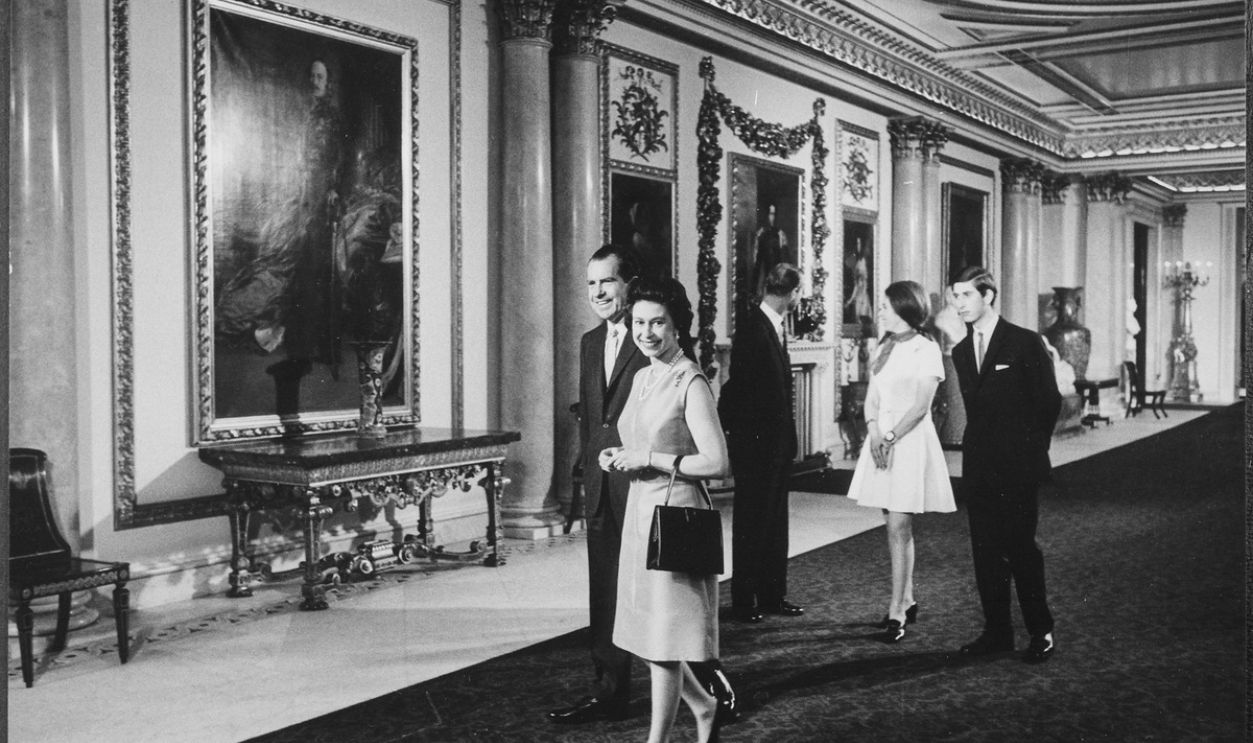 Richard Nixon Presidential Library and Museum, Wikimedia Commons
Richard Nixon Presidential Library and Museum, Wikimedia Commons
The Fishbones, Lyon
Lyon, France, is home to Les Traboules, an intricate network of secret passageways known as "The Fishbones”. These tunnels were originally built during the Roman era and later expanded in the Middle Ages to allow silk workers to transport goods while avoiding bad weather.
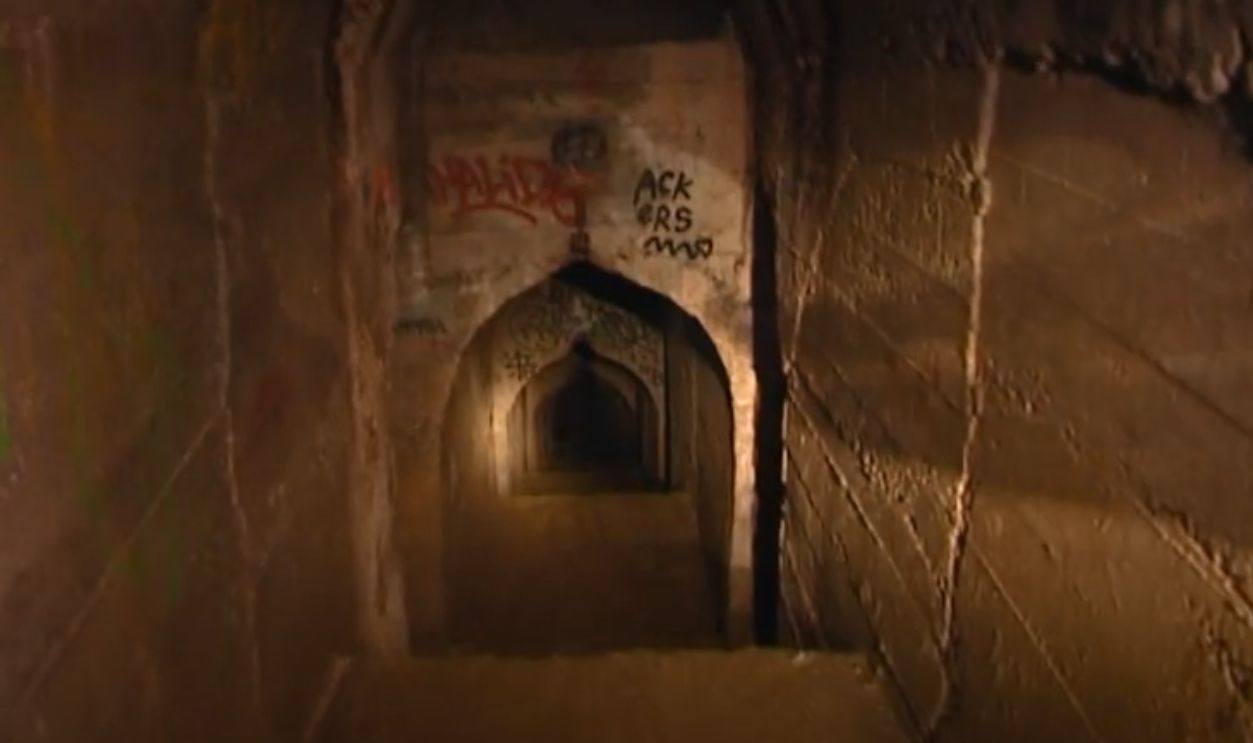 A Lyon, un patrimoine méconnu : le mystère des arêtes de poisson by France 3 Auvergne-Rhône-Alpes
A Lyon, un patrimoine méconnu : le mystère des arêtes de poisson by France 3 Auvergne-Rhône-Alpes
The Fishbones, Lyon (Cont.)
The Fishbones is a maze of narrow corridors and winding staircases that weave through Lyon's buildings. During WWII, the secret passageways served as escape routes and meeting points for the French Resistance, which added a layer of heroism to their history.
 A Lyon, un patrimoine méconnu : le mystère des arêtes de poisson by France 3 Auvergne-Rhône-Alpes
A Lyon, un patrimoine méconnu : le mystère des arêtes de poisson by France 3 Auvergne-Rhône-Alpes
The Bramante Staircase, Vatican City
Visitors to the Vatican City can see a lot of astonishing structures. But the hidden Bramante Staircase is a tourist favorite. It's a masterpiece of architectural ingenuity, originally designed in 1505 by Donato Bramante. The staircase's wide steps and elegant curves are clear representatives of Renaissance architecture.
 daryl_mitchell from Saskatoon, Saskatchewan, Canada, CC BY-SA 2.0, Wikimedia Commons
daryl_mitchell from Saskatoon, Saskatchewan, Canada, CC BY-SA 2.0, Wikimedia Commons
The Bramante Staircase, Vatican City (Cont.)
Thanks to the unique design, the staircase allowed Pope Julius II and other Vatican dignitaries to ascend and descend from the Belvedere Palace with ease, even on horseback. In 1932, a modern version of the staircase was designed to allow two streams of people to move simultaneously without crossing paths.
 daryl_mitchell, Wikimedia Commons
daryl_mitchell, Wikimedia Commons
Kensington Palace's Panic Room
In the heart of Kensington Palace, an elegant and historic royal residence, lies a hidden nod to modernity: A high-tech panic room. Designed to ensure the safety of its royal occupants, including Prince William, Princess Catherine, and their children, this room exemplifies the intersection of traditional and contemporary security measures.
Kensington Palace's Panic Room (Cont.)
The exact details of the panic room are understandably kept secret, but it is believed to include advanced communication systems and independent air filtration to sustain its occupants during emergencies. It shows how the monarchy balances its historical image with modern needs.


